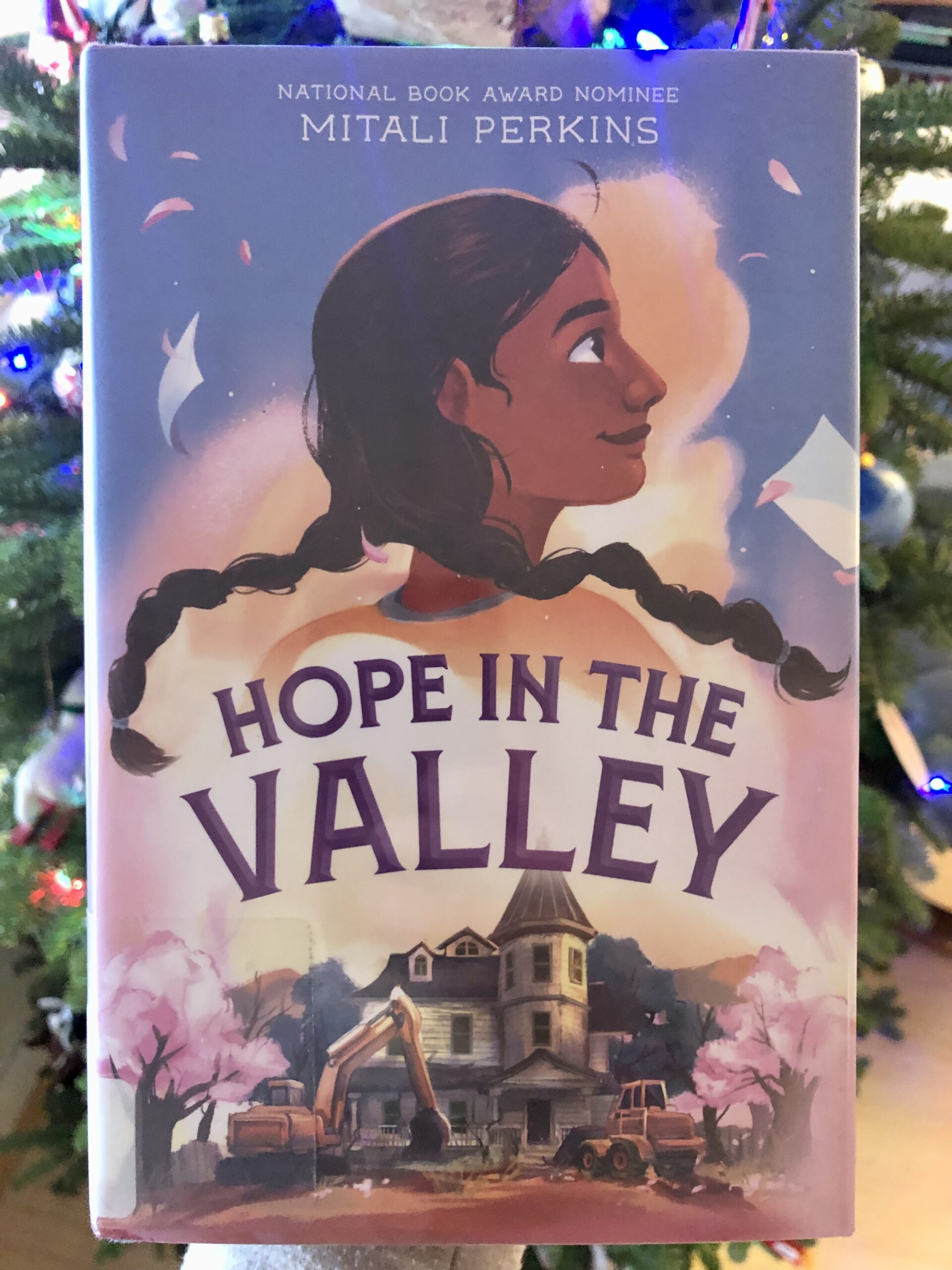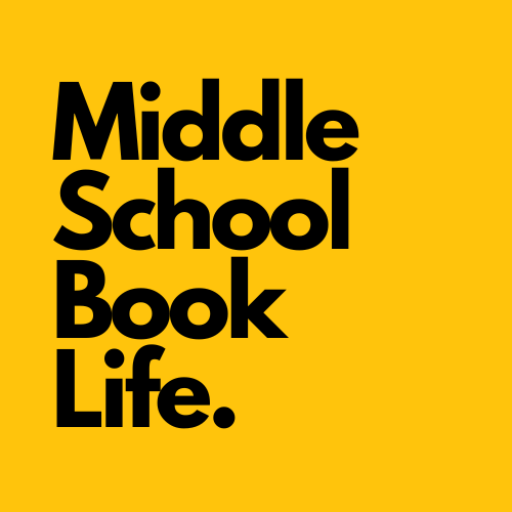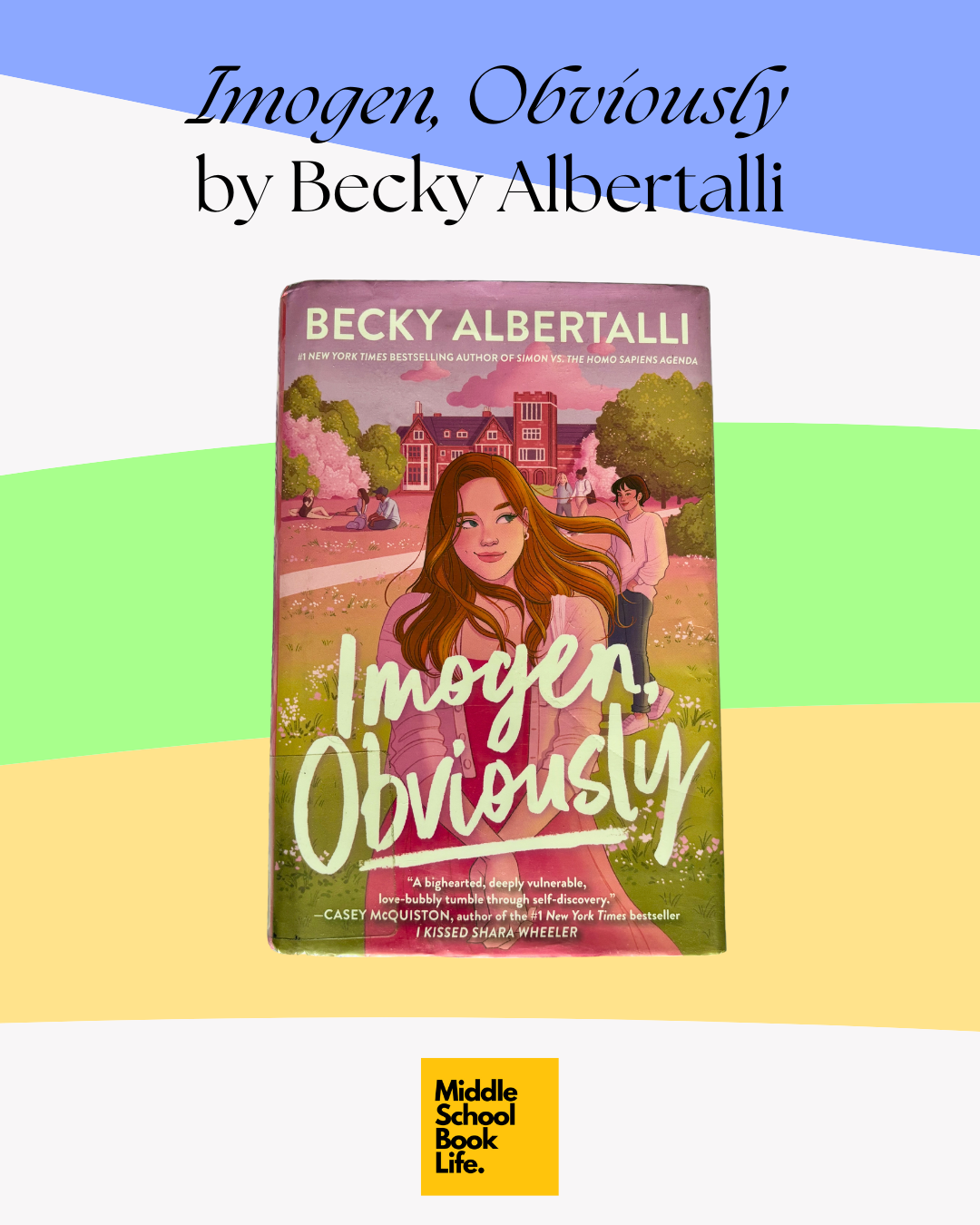Are you also on the lookout for books specifically written for young teens—an age group that doesn’t seem to be getting enough attention in the publishing world? Hope in the Valley is a beautiful story for 12-14 year olds. Read on for why Pandita’s story of grief and courage is worthy of shelf space in your classroom.

Title: Hope in the Valley
Author: Mitali Perkins
Genre: Realistic Fiction (or since it’s set in the 1980s, does that make it historical fiction??)
Age range: 10+ (Best for: 12-14 year olds)
Summary: Thirteen-year-old Pandita Paul does not like change, especially since she fears change will make her forget her mom who died several years ago. She’d rather wear her comfortable overalls and keep her poetry a secret than use her voice to create change. But when the beautiful (if dilapidated) house and apricot orchard across the street are slated for redevelopment, when her dad starts to date again, when she ends up with a lead role in a musical, when she sees her town in Silicon Valley trend towards shutting out anyone who is “different”—she realizes that change can be a positive part of life. She must decide, though, if she will help shepherd in positive change, or sit on the sidelines and watch negative change take over.
Hope in the Valley is similar to:
💡A Wish in the Dark by Christina Soontornvat (A community divided on who belongs and who doesn’t, with a thoughtful young teen at the center)
🏨 Front Desk by Kelly Yang (If students admire Mia’s fiery ability to speak up and speak out but don’t have the confidence yet to do it themselves, they might appreciate how Pandita learns to find her voice)
Why it’s an engaging addition to your classroom library:
This is a thoughtful and well-written story that unpacks several themes your students are dealing with in their own lives. Get a copy if you have students who need to read about:
- Grief. Pandita and her family continue to grieve her mother’s death and while the loss is poignant on every page, the plot also provides a picture of a family moving forward.
- Friendship. Pandita has an ex-best friend. And she’s not sure what happened, but she is sure she misses Jemma. Can they figure out what went wrong—and if it’s a friendship they want to bring with them into 8th grade?
- Conservation. The falling-apart house across the street is a symbol of resistance from Silicon Valley’s racist past. As the community debates what to do with it (office buildings? affordable housing? historical society?) they must also confront their fears of change and the unknown.
- Identity. While she has always lived in California, Pandita’s Indian roots ground her. The food, the clothing, her parents’ childhood stories, and her grandparents who still live in a small Indian village all bring joy and meaning to her life. But that doesn’t mean she doesn’t want to write poetry in English, act in an American musical, or learn about her home’s history.
My final thoughts: I haven’t had a chance to mention a star character, octogenarian Mr. Marvin. I love how this book shows inter-generational friendships—and how the old can learn from the young just as the young learns from the old.
Want to chat about bringing this book into your classroom? Please reach out!
This post includes affiliate links. Any purchases made through them come at no extra cost to you but they do help keep this newsletter free and accessible.


